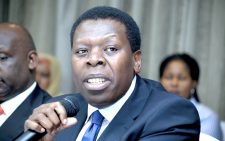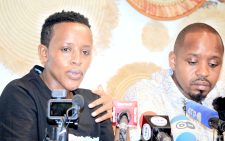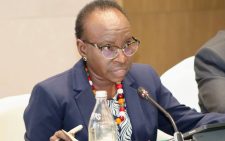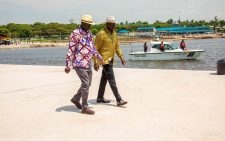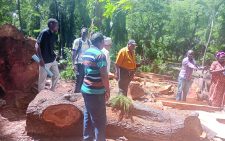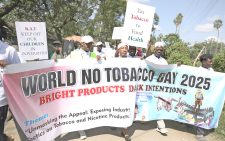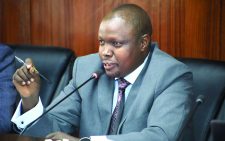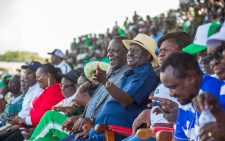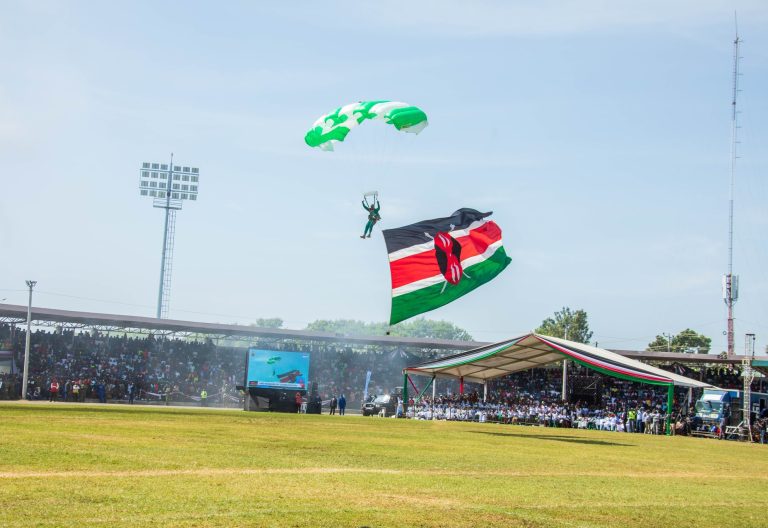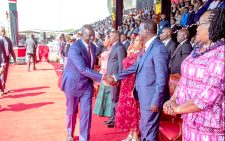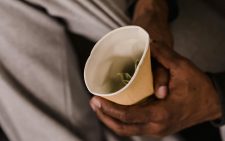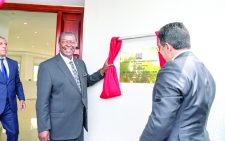Ruto, Raila thawing of relations good for Kenya
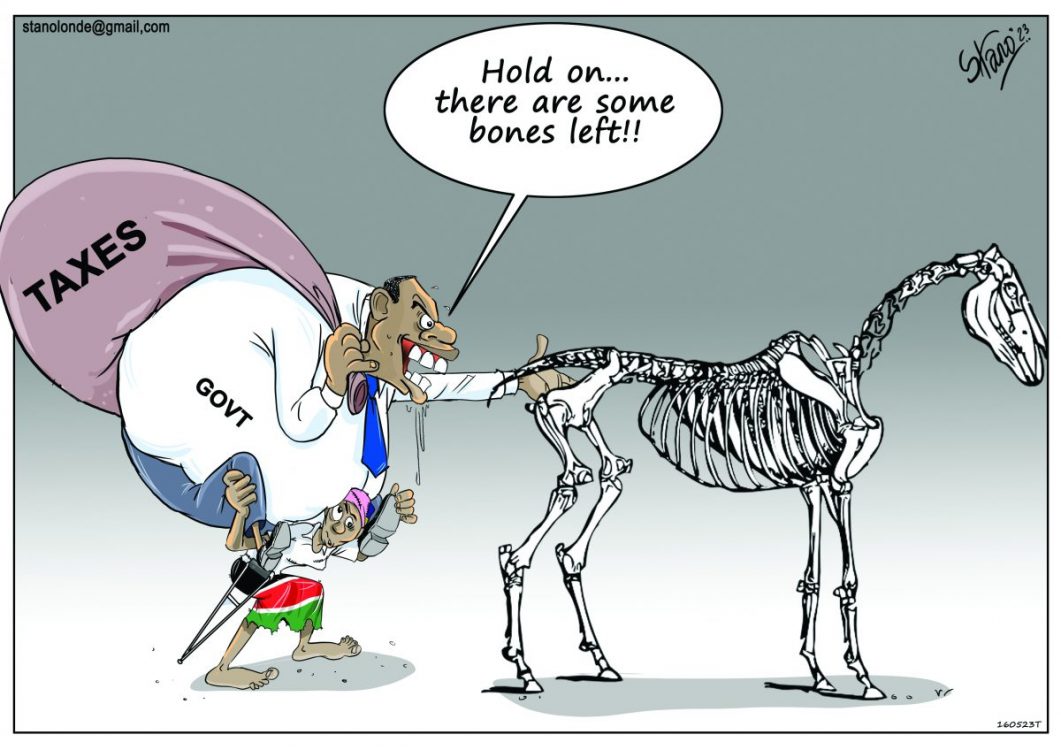
Last weekend provided a rare opportunity for a reflection of our past history and also accorded the country’s two most prominent leaders to articulate their views on the nation’s current state.
When President William Ruto and Opposition leader Raila Odinga met at the burial of freedom fighter Mukami Kimathi, widow of Mau Mau hero Dedan Kimathi, mourners were pregnant with expectation. They were not disappointed. Not only did the two political rivals shake hands for the first time since the hotly contested August 9, 2022 election, but they also kept the mourners riveted to their speeches.
Raila gave an eloquent account of the freedom struggle and the role Mau Mau played in the liberation of Kenyan people from colonialism and the march to independence. He also touched on current politics following the disputed election, saying he knows Ruto very well as they had worked together.
He also dwelt on the raging debate on the proposed Finance Bill, 2023, charging its taxation proposals would impose a heavy weight on an already overburdened citizens shackled by the high cost of living.
This is a subject that in March saw mass protests marshaled by the Azimio la Umoja leaders inflict a heavy toll on the economy before President Ruto acceded to talks with Opposition, but insisting on a parliamentary process. However, Raila and many other Kenyans including the clergy have called for a more inclusive process engaging citizens of all walks of life in the principle of public participation enshrined in the Constitution.
In his speech, Ruto acknowledged Raila as an expert in the country’s history and politics of the liberation struggle, the post-independence era into the second liberation.
But he claimed he was more conversant with economics than him as he defended the Finance Bill, adding that he had waived 20 taxes since he came into office seven months ago.
The Head of State rooted for the controversial proposal to make workers pay three per cent of their salaries for affordable housing, saying it would enable ordinary Kenyans to have decent shelter and provide job opportunities for the youth in the construction sector.
The jury is out on the sentiments of the two erstwhile rivals at Mama Mukami’s burial. The hearty greetings are a healthy sign though (despite the government insisting there would be no “handshake” of the kind Raila had with retired President Uhuru Kenyatta).
The two also sat together as they attended the Kip Keino Classic Continental tour athletics meet on Saturday and the “Mashemeji Derby” football match between Gor Mahia and AFC Leopards on Sunday.
Such camaraderie helps lower political temperatures and offer a chance for the proposed talks between the government and the Opposition to begin in a more structured and reconciliatory manner. It also gives President Ruto an opportunity to demonstrate the statesmanlike qualities of inclusivity and equity. Magnanimously, let the parliamentary talks steer the course towards a comprehensive national dialogue embracing all Kenyans across the political divide.
It has been done before – when delegates from across the country who had camped at the Bomas for more than one year on 15 March 2004 jubilated at the conclusion of the historic Constitution making exercise.
The exercise delivered the Bomas Draft that envisioned the President as a symbol of national unity. Unfortunately, the exercise was sabotaged by State operatives, because it gave the people of Kenya an important role in running of the State.
— The writer comments on political and economic affairs
